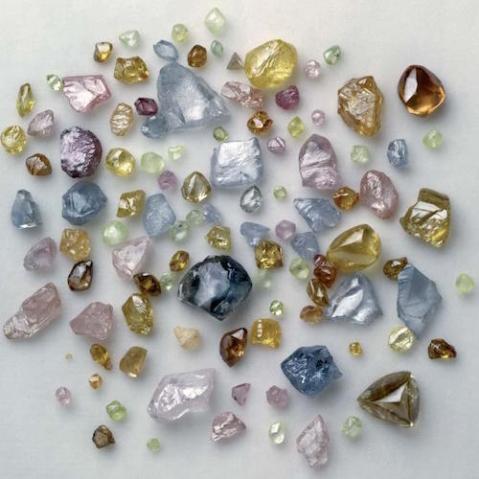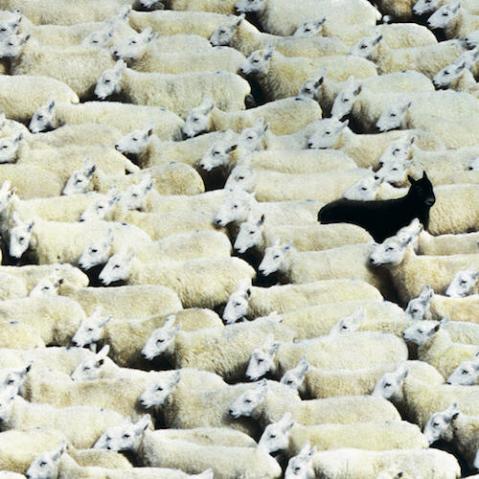Controlling lens flare

Flare is an artefact, in that it is non-image forming light. It also takes more forms than many people realise, from lines of polygons to halation.
 Mountain Air: In this shot of Iceberg Lake in Glacier National Park, Montana, there is a very distinct and deliberate use of flare. The polygon stripe adds a useful diagonal component to the composition, and the halation around the sun produces an atmosphere of bright mountain air.
Mountain Air: In this shot of Iceberg Lake in Glacier National Park, Montana, there is a very distinct and deliberate use of flare. The polygon stripe adds a useful diagonal component to the composition, and the halation around the sun produces an atmosphere of bright mountain air.
Most flare is optical, caused by light interacting with the surfaces of lens elements and internal structures inside the lens barrel, such as the aperture diaphragm and barrel walls. It is a direct result of shooting towards a light source, exaggerated by having a wide aperture and a full exposure. In addition, the sensor itself can contribute to flare in the form of blooming, which happens when individual photosites reach their full well capacity and begin overflowing their charge into their neighbours. Flare can affect the entire frame or just a small area close to the brightest light in the shot. It can appear as a generalised loss of contrast and increase in brightness, or as streaks from dirt and grease on the glass, or specific shapes—polygons of different colors related to the aperture blades.
 Reflected Flare: A subtle but noticeable halation suffuses this medium-telephoto into-the-light shot with a fogginess that affects the shadow areas of the boats. The sun and its reflection in the Mekong River at Phnom Penh in Cambodia are just out of frame, but the light striking the lens adds a veil of lightness. In post-processing it would be easy to “correct” this by tightening up the black point, but that would lose the point of the image and the atmosphere it evokes.
Reflected Flare: A subtle but noticeable halation suffuses this medium-telephoto into-the-light shot with a fogginess that affects the shadow areas of the boats. The sun and its reflection in the Mekong River at Phnom Penh in Cambodia are just out of frame, but the light striking the lens adds a veil of lightness. In post-processing it would be easy to “correct” this by tightening up the black point, but that would lose the point of the image and the atmosphere it evokes.
The usual response to potential flare is to avoid it, and there are a number of practical things you can do to help. These include using a lens shade, shading the lens more precisely with a flag or even your hand held far in front, keeping lens surfaces spotlessly clean, choosing a viewpoint that avoids shooting into the sun or a similar light source, and positioning so that an obstruction hides the light source. Lens-manufacturing technology also employs sophisticated coatings to help reduce flare.
 Shaker Window: Flare in this unlit, un-doctored image of a Shaker Ministry room at Pleasant Hill, Kentucky, surrounds the window frame, while the view through to the exterior is grossly over-exposed.
Shaker Window: Flare in this unlit, un-doctored image of a Shaker Ministry room at Pleasant Hill, Kentucky, surrounds the window frame, while the view through to the exterior is grossly over-exposed.
Nevertheless, flare can occasionally be put to creative use, both for its graphic effect and for the sense of actuality that it can give. Whether or not the graphic effect works depends on personal taste, and there are no criteria for saying whether something works or not. The actuality argument is that because flare is an artifact that you would avoid on technical grounds, it adds to the realism by suggesting a hurriedly taken, rather careless shot. Motion-picture special effects, and in particular CGI (computer generated imagery) make frequent use of artificially computed flare for this very reason. Flare-generating programmes are readily available, for stills as well as video, although this isn’t of much interest to us here.
Perfect Exposure is Michael Freeman’s look at the way professionals work, and lays out the decisions and sequences with absolute clarity, while incorporating the latest, powerful post-processing techniques. Choosing the exposure for a photograph is both alarmingly simple, and infinitely complex. Simple, because there is ultimately only one dosage of light, controlled as it always has been, by a shutter speed, aperture and ISO setting. But arriving at the perfect exposure is also complex, because it affects everything in the image and its effect on the viewer. Understanding how and why exposure works is essential, not only because it helps you to decide what is instinctively “right”.
 Perfect Exposure
Perfect Exposure
Michael Freeman
Buy it now!
RRP for print edition: £17.99







